Care Across the Lifespan
Improving the health of older Australians
The ageing of our population means more services and support are needed to help older Australians enjoy a better quality of life.
This priority area has been assessed against available services in our region. We consider service gaps in relation to these needs, and you can view services funded by the PHN through the PHN Services Library. This includes information about the PHN's Care finder program, which specifically targets senior Australians with additional challenges who need intensive support and could otherwise fall through the cracks.
Opportunities
Information and education for healthcare workers is one of the main ways we help to improve services for our ageing population.
Potential focus areas include:
- resources and training for regional staff, to help them better understand dementia and its symptoms, and to more effectively work with people with dementia and their carers
- culturally appropriate resources for end-of-life planning for Aboriginal and Torres Strait Islander people
- information about carer supports and how they can be accessed
- regional palliative care services, including developing pilot programs in identified regional areas
- an aged care strategy for the region
- collaborating with key peak bodies to identify gaps that our PHN can fill
Collaborative partners
- Hospital and Health Services
- Local Governments
- Peak bodies and service partners
- Accreditation and training agencies
- Residential Aged Care Facilities
- Aged & Community Services Australia
- Council on the Ageing.
The outcomes of these actions will be seen in:
- reduced wait times for residential and other forms of aged care
- increased participation in end-of-life planning.
Our progress
The number of people aged 65 and older in the region has increased rapidly, with more than 90,000 people in this cohort, however the number of residential aged care services has not matched this growth.
As our population ages, more support will be needed, including residential care, dementia support and end-of-life care.
There is also a strong desire for older Australians to receive care to help them continue living at home.
Breaking down the insights
Related priorities
- Preventing and managing chronic conditions
- Improving the health of vulnerable groups
- Promoting health and preventing disease
- Increasing access and coordination of care
Updated: February 2025
Ageing
The proportion of Australians aged 65 and older continues to grow. The ageing of the population creates both pressures and opportunities for health and wellbeing in our region (Queensland Government Statisticians' Office 2021, DDWMPHN 2022).
Our area of focus
Our region has a similar proportion of older people to the rest of Queensland and Australia, but this proportion is growing at a very fast rate. We currently have a relatively lower number of residential aged care places available.
Evidence
- Latest census figures indicate that there are more than 90,000 older Australians (aged 65 years and over) living in the region. The number is expected to double by 2036 (Queensland Government Statisticians' Office 2021).
- The proportion of older Australians in the region is similar to that for all of Queensland in recent figures (17% of the population compared with 17% for Queensland in 2022) (PHIDU 2025).
- Regional areas that had a higher proportion of older Australians are the Southern Downs (26% of the population), South Burnett (26%) and Scenic Rim (23%) (PHIDU 2025).
- Around 70% of older people surveyed in 2022 have said that they would like service providers to come to them at home because of mobility and disability issues (DDWMPHN 2022).
- Most people wish to continue living in their own home as they age, even when they need support or care (DDWMPHN 2022).
- In 2023, the region had
64.6 residential care places per 1,000 population aged 70 years and over. The rate for all of Queensland was a little higher at around 69.9, and for all of Australia the number of these places was 71.9
(PHIDU 2025).
Dementia
Symptoms of dementia can include memory problems, increasing confusion, reduced concentration, personality or behavioural changes, and depression. The support of families, friends and carers is important when managing the condition.
Our area of focus
The region has an increasing number of people living with dementia, including those with early onset dementia, but appropriate services and workforce are limited.
Evidence
- In 2021, 0.7 per 100 people reported had a diagnosis of dementia, including Alzeimers, which the same as that for Australia, and slightly below the rate for Queensland which was 0.8 per 100 people in that year (PHIDU 2025).
- Evidence suggests that social isolation and feelings of loneliness are associated with an increased risk of dementia (Lazzari & Rabottini 2021).
- Dementia and Alzheimer disease were the second leading causes of death across our region in 2020 (AIHW 2023).
- Dementia affects younger people too, and
more research is needed in that area than is currently available.
End-of-life and palliative care
Near the end of a person’s life, it is important that the person is involved as much as possible in decision-making about their care. These discussions should take place before they become too frail or ill to participate. Psychological, emotional and spiritual issues are as important as physical health in both end-of-life planning and in palliative care.
The Palliative Care Services Review found that palliative care can improve the quality of life for around three in four people. Having palliative care available in the home or community of the patient can help to manage demand for higher-intensity care in many locations (Rome et al.2011).
Our area of focus
Our region has a growing population of older Australians who will require support to continue living at home while they age. Appropriate end-of-life planning and palliative care are also required.
Evidence
- By 2026–27, demand for specialist palliative care is expected to increase by 44% in the Darling Downs region, and by 52% in the West Moreton region (Queensland Health 2019).
- Consultation across the region identified the
need for improved end-of-life planning and decision-making to allow timely discussions with trusted healthcare providers. It also identified the need for
resources to assist healthcare workers in providing support to patients through the decision-making process
(Health Consumer Queensland 2022).
People with additional challenges
By working with older Australians across our region, we learn more about their healthcare needs to shape the development of integrated and coordinated primary healthcare pathways, which will result in better clinical decision-making and improved health outcomes.
People and communities more likely to experience complex care needs include culturally and linguistically diverse, LGBTIQ+, cognitive impairment, low reading or health literacy (including digital literacy), forgotten Australians, veterans, and those experiencing homelessness.
Our area of focus
Older Australians in our region are diverse, and some are not connected to the care they need. Their attitudes and beliefs in relation to mental, social and emotional, physical, economic, and cultural wellbeing are influenced by their life experiences.
Evidence
- Nearly 1 in 3 (29%) older Australians in our region had a profound disability in recent reporting of 2021 figures (PHIDU, 2025).
- A high proportion of older Australians in our region have one or two chronic conditions, ranging between 59% and 68% across our communities (DDWMPHN, 2022).
- Vulnerable populations
reside in many communities across our region,
including
rural and urban areas. It is important to consider geographic diversity when developing programs that seek to connect older Australians to the care they need.



